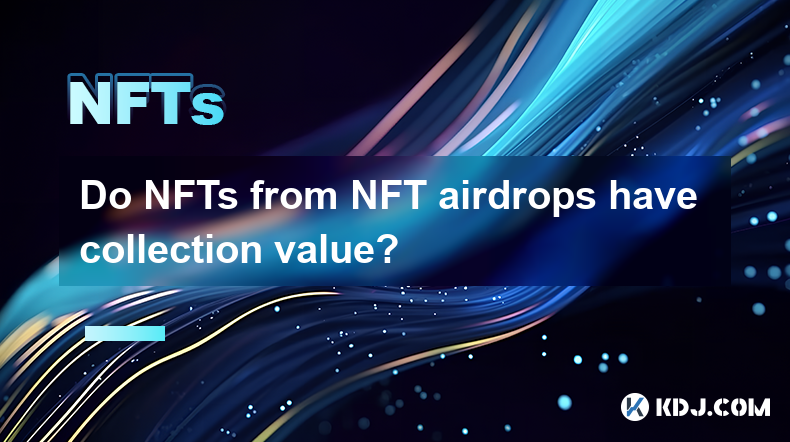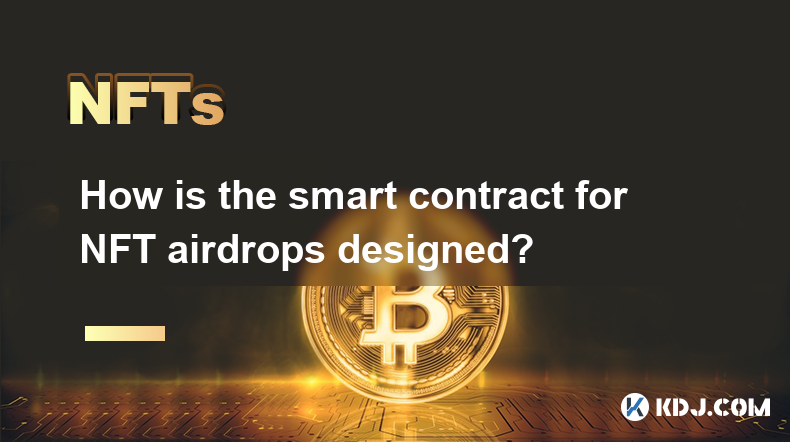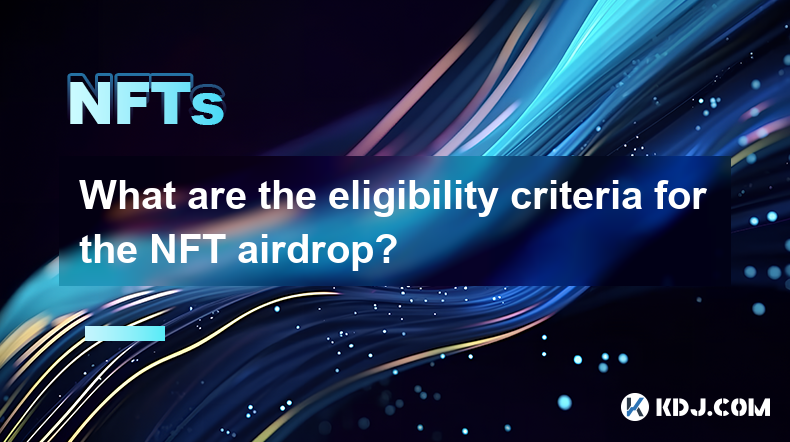-
 Bitcoin
Bitcoin $84,275.9738
-1.18% -
 Ethereum
Ethereum $1,573.8784
-1.51% -
 Tether USDt
Tether USDt $1.0000
0.01% -
 XRP
XRP $2.0508
-1.47% -
 BNB
BNB $590.3165
0.36% -
 Solana
Solana $136.8073
-1.57% -
 USDC
USDC $1.0000
0.02% -
 TRON
TRON $0.2456
0.95% -
 Dogecoin
Dogecoin $0.1541
-2.45% -
 Cardano
Cardano $0.6147
-1.97% -
 UNUS SED LEO
UNUS SED LEO $9.3554
-0.04% -
 Chainlink
Chainlink $12.9524
1.69% -
 Avalanche
Avalanche $19.3399
-1.65% -
 Toncoin
Toncoin $2.9731
0.19% -
 Stellar
Stellar $0.2417
-1.92% -
 Shiba Inu
Shiba Inu $0.0...01220
0.27% -
 Sui
Sui $2.0970
-2.03% -
 Hedera
Hedera $0.1613
-2.12% -
 Bitcoin Cash
Bitcoin Cash $334.7255
-0.82% -
 Polkadot
Polkadot $3.8075
1.75% -
 Hyperliquid
Hyperliquid $17.7039
-1.30% -
 Litecoin
Litecoin $75.8145
-0.21% -
 Dai
Dai $0.9999
-0.01% -
 Bitget Token
Bitget Token $4.4095
-1.49% -
 Ethena USDe
Ethena USDe $0.9992
0.00% -
 Pi
Pi $0.6261
-3.11% -
 Monero
Monero $214.8222
0.77% -
 Uniswap
Uniswap $5.1777
-0.97% -
 Pepe
Pepe $0.0...07374
2.27% -
 Aptos
Aptos $4.9197
2.06%
How does NFT Innovation promote the advancement of blockchain technology?
NFTs' surging popularity demands scalable, interoperable blockchains, pushing advancements in smart contracts, decentralized storage, and DeFi integration to handle high transaction volumes and complex ownership structures.
Mar 06, 2025 at 05:48 am

Key Points:
- NFTs' unique properties drive demand for scalability and interoperability solutions within blockchain networks.
- NFT marketplaces necessitate improvements in blockchain speed and transaction costs.
- The creation and management of NFTs pushes the boundaries of smart contract development and security.
- The metaverse and its integration with NFTs demand advancements in decentralized storage and data management.
- NFT fractionalization and decentralized finance (DeFi) integration require innovative blockchain solutions.
How Does NFT Innovation Promote the Advancement of Blockchain Technology?
The burgeoning NFT (Non-Fungible Token) market is significantly impacting the evolution of blockchain technology. NFTs, representing unique digital assets, demand improvements in several key areas of blockchain infrastructure. Their growing popularity and diverse applications are pushing the boundaries of what blockchain can achieve.
The sheer volume of NFT transactions on various marketplaces is exposing limitations in existing blockchain networks. Many popular blockchains struggle to handle the high transaction throughput required during peak NFT trading periods. This directly fuels the need for more scalable and efficient consensus mechanisms and layer-2 solutions. Developers are actively working on improving blockchain speed and reducing transaction fees to accommodate the increasing demand.
The very nature of NFTs, as unique digital assets with verifiable ownership, necessitates robust security measures. The creation and deployment of smart contracts for NFT minting, trading, and management demand high levels of security to prevent vulnerabilities and exploits. This drive for enhanced security is leading to improvements in smart contract auditing and verification processes, along with the development of more secure programming languages.
The integration of NFTs with the metaverse concept further accelerates the need for advancements in decentralized storage and data management. Storing large amounts of data associated with NFTs, such as 3D models and video files, requires efficient and cost-effective solutions. This fuels the development of decentralized storage networks that can handle the increasing data demands of the metaverse and NFT ecosystem.
NFT fractionalization, a mechanism that allows for the ownership of a single NFT to be divided among multiple parties, is another driver of blockchain innovation. This feature requires sophisticated smart contracts and DeFi integration, pushing the boundaries of blockchain’s capabilities in handling complex financial transactions. The need to manage fractional ownership securely and efficiently necessitates the development of innovative blockchain solutions.
The unique characteristics of NFTs, such as their verifiable scarcity and immutability, also present challenges for blockchain technology. The immutability of blockchain itself requires careful consideration in the event of errors or fraudulent activities involving NFTs. This leads to exploration of new methods for handling disputes and mitigating risks within the NFT ecosystem. Moreover, the need to manage metadata associated with NFTs efficiently and securely is a significant challenge that pushes the limits of current blockchain capabilities.
The demand for interoperability between different blockchain networks is also increasing with the growth of the NFT market. Users often want to transfer their NFTs between various platforms and blockchains, requiring solutions for seamless cross-chain communication and asset transfer. This pushes developers to create more interoperable blockchain networks and protocols.
The emergence of NFT royalties, allowing creators to receive a percentage of each subsequent sale of their NFTs, necessitates the implementation of smart contract functionalities capable of tracking and distributing these payments automatically. This introduces complexities in smart contract design and execution, demanding advancements in blockchain technology to manage these sophisticated payment systems effectively.
The increasing complexity of NFT-related smart contracts demands improvements in developer tooling and documentation. This includes the development of user-friendly interfaces for creating and managing NFTs, as well as more robust debugging and testing tools to ensure the security and reliability of these smart contracts. This increased focus on developer experience fosters a more inclusive and efficient NFT ecosystem.
The creation and verification of NFT provenance, meaning the history of ownership and authenticity of a given NFT, also challenges current blockchain capabilities. Robust systems for tracking and verifying provenance are essential to maintain the integrity and value of NFTs, pushing the development of advanced blockchain solutions for managing complex metadata and ownership histories.
The rise of NFT-based gaming and virtual worlds requires advanced blockchain technologies that can handle real-time interactions and large numbers of concurrent users. This leads to the development of more scalable and efficient blockchain platforms specifically designed for the demands of interactive NFT applications. The need for low latency and high throughput is a key driver of innovation in this area.
Frequently Asked Questions:
Q: How do NFTs improve blockchain scalability?
A: NFTs themselves don't directly improve scalability, but the high demand for NFT transactions exposes existing limitations, pushing developers to create more scalable blockchain solutions (like layer-2 scaling solutions) to handle the increased load.
Q: What role do smart contracts play in NFT innovation?
A: Smart contracts are fundamental to NFTs. They automate the creation, transfer, and management of NFTs, enforcing ownership rules and facilitating royalty payments. Innovations in smart contract development are crucial for the advancement of the NFT space.
Q: How does NFT fractionalization affect blockchain technology?
A: NFT fractionalization necessitates advanced smart contract functionalities capable of managing complex ownership structures and facilitating secure and efficient fractional trading, pushing the boundaries of DeFi integration within blockchain.
Q: What are the security implications of NFTs for blockchain?
A: The security of NFTs is paramount. Vulnerabilities in smart contracts can lead to theft or loss of NFTs. This heightened focus drives improvements in security auditing, verification techniques, and the development of more secure programming languages for smart contracts.
Q: How do NFTs drive interoperability in blockchain?
A: The desire to move NFTs between different blockchain networks increases the need for cross-chain compatibility and asset transfer solutions, prompting innovation in interoperability protocols and technologies.
Disclaimer:info@kdj.com
The information provided is not trading advice. kdj.com does not assume any responsibility for any investments made based on the information provided in this article. Cryptocurrencies are highly volatile and it is highly recommended that you invest with caution after thorough research!
If you believe that the content used on this website infringes your copyright, please contact us immediately (info@kdj.com) and we will delete it promptly.
- XRP/BTC Is Back in a Familiar Position — and It's Not a Bad One
- 2025-04-20 21:00:13
- JAN3 CEO Samson Mow Claims Ethereum, XRP, and Solana Are Overvalued When Measured Against Bitcoin's Fixed Supply Model
- 2025-04-20 21:00:13
- title: Bitcoin (BTC) Will Benefit From Impending Economic Cataclysm, Says Best-Selling Author Robert Kiyosaki
- 2025-04-20 20:55:13
- Bitcoin and Crypto Prices Tread Water After Trump Explores Firing Jerome Powell
- 2025-04-20 20:55:13
- How the Top 10 Cryptocurrencies Are Performing Today (April 20, 2025)
- 2025-04-20 20:50:13
- The Late April 2025 Crypto Landscape: A Tale of Contrasting Fortunes
- 2025-04-20 20:50:13
Related knowledge

How to display and trade NFTs from NFT airdrops?
Apr 18,2025 at 04:42am
How to Display and Trade NFTs from NFT Airdrops? NFT airdrops have become a popular way for projects to distribute their tokens and engage with their community. If you've received NFTs through an airdrop, you might be wondering how to display and trade them. This article will guide you through the process step-by-step, ensuring you can showcase your NFT...

Do NFTs from NFT airdrops have collection value?
Apr 18,2025 at 11:49pm
NFTs, or non-fungible tokens, have become a significant part of the cryptocurrency ecosystem, and NFT airdrops are one way for projects to distribute these digital assets to their community. A common question that arises is whether NFTs received from airdrops have any collection value. To answer this question, we need to delve into various aspects of NF...

How is the smart contract for NFT airdrops designed?
Apr 18,2025 at 03:10am
The design of a smart contract for NFT airdrops is a complex process that requires careful consideration of various factors to ensure the airdrop is executed smoothly and securely. This article will delve into the intricacies of how such a smart contract is designed, focusing on key components, security measures, and the implementation process. Key Comp...

What are the eligibility criteria for the NFT airdrop?
Apr 17,2025 at 04:56pm
Understanding NFT AirdropsNFT airdrops are a popular method used by blockchain projects to distribute non-fungible tokens (NFTs) to their community members. These airdrops can serve various purposes, such as rewarding loyal users, promoting new projects, or increasing the visibility of existing ones. To participate in an NFT airdrop, individuals must me...

How to design a user authentication system for an NFT platform?
Apr 20,2025 at 01:49pm
Designing a user authentication system for an NFT (Non-Fungible Token) platform is crucial for ensuring security, user experience, and compliance with regulatory standards. This article will guide you through the process of creating a robust authentication system tailored for an NFT platform, covering key aspects such as user registration, login mechani...

How to protect the copyright of artworks on NFT platforms?
Apr 19,2025 at 06:28am
The rise of Non-Fungible Tokens (NFTs) has revolutionized the way digital art is created, bought, and sold. As artists increasingly turn to NFT platforms to showcase and monetize their work, protecting the copyright of these artworks becomes a crucial concern. This article explores various strategies and tools that artists can use to safeguard their int...

How to display and trade NFTs from NFT airdrops?
Apr 18,2025 at 04:42am
How to Display and Trade NFTs from NFT Airdrops? NFT airdrops have become a popular way for projects to distribute their tokens and engage with their community. If you've received NFTs through an airdrop, you might be wondering how to display and trade them. This article will guide you through the process step-by-step, ensuring you can showcase your NFT...

Do NFTs from NFT airdrops have collection value?
Apr 18,2025 at 11:49pm
NFTs, or non-fungible tokens, have become a significant part of the cryptocurrency ecosystem, and NFT airdrops are one way for projects to distribute these digital assets to their community. A common question that arises is whether NFTs received from airdrops have any collection value. To answer this question, we need to delve into various aspects of NF...

How is the smart contract for NFT airdrops designed?
Apr 18,2025 at 03:10am
The design of a smart contract for NFT airdrops is a complex process that requires careful consideration of various factors to ensure the airdrop is executed smoothly and securely. This article will delve into the intricacies of how such a smart contract is designed, focusing on key components, security measures, and the implementation process. Key Comp...

What are the eligibility criteria for the NFT airdrop?
Apr 17,2025 at 04:56pm
Understanding NFT AirdropsNFT airdrops are a popular method used by blockchain projects to distribute non-fungible tokens (NFTs) to their community members. These airdrops can serve various purposes, such as rewarding loyal users, promoting new projects, or increasing the visibility of existing ones. To participate in an NFT airdrop, individuals must me...

How to design a user authentication system for an NFT platform?
Apr 20,2025 at 01:49pm
Designing a user authentication system for an NFT (Non-Fungible Token) platform is crucial for ensuring security, user experience, and compliance with regulatory standards. This article will guide you through the process of creating a robust authentication system tailored for an NFT platform, covering key aspects such as user registration, login mechani...

How to protect the copyright of artworks on NFT platforms?
Apr 19,2025 at 06:28am
The rise of Non-Fungible Tokens (NFTs) has revolutionized the way digital art is created, bought, and sold. As artists increasingly turn to NFT platforms to showcase and monetize their work, protecting the copyright of these artworks becomes a crucial concern. This article explores various strategies and tools that artists can use to safeguard their int...
See all articles























































































